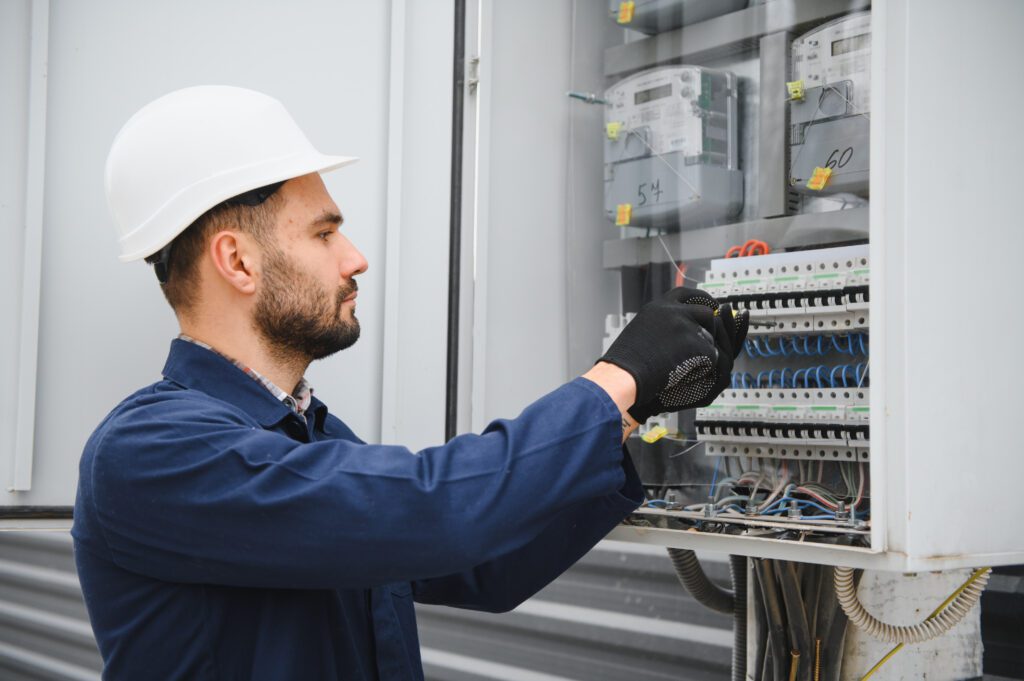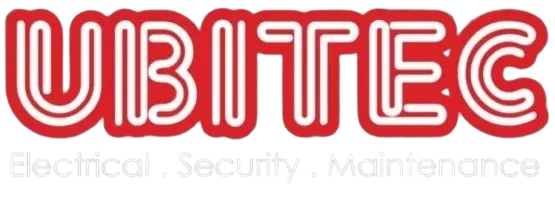
Becoming a qualified electrician in the UK involves a structured combination of education, hands-on training, and certification. It’s a regulated profession that requires a solid understanding of electrical theory, practical application, and safety compliance.
Most electricians begin their career by enrolling in a Level 2 or Level 3 Diploma in Electrical Installation. These qualifications, often offered by colleges or training centres, cover key topics such as electrical principles, health and safety, installation practices, and wiring regulations. Students learn both theory and practical skills, preparing them for real-world work.
However, the most recognised route into the profession is through an electrical apprenticeship. Apprenticeships typically last 3 to 4 years and combine classroom learning with on-the-job experience. Trainees work under the supervision of qualified electricians, gradually building the confidence and capability to manage more complex tasks. Apprentices are paid while they train, and they gain exposure to a variety of projects, from domestic rewires to commercial installations.


During the apprenticeship, trainees will work toward an NVQ Level 3 Diploma in Electrotechnical Services, which proves their competence in a real-world setting. This is often accompanied by completing the AM2 (Achievement Measurement 2) assessment—an industry-standard practical test required to become fully qualified.
Once the NVQ and AM2 are passed, electricians can apply for an ECS card (Electrotechnical Certification Scheme). This card proves they have the necessary training and health and safety knowledge to work on-site. Many employers won’t allow workers onto a job without it.


In addition to core qualifications, many electricians pursue further certifications to expand their services. Common examples include:
- 2391-52 Inspection and Testing (essential for landlords’ electrical safety checks)
- 18th Edition Wiring Regulations (BS 7671) updates (mandatory to stay compliant)
- PAT Testing, solar PV installation, or EV charging point installation courses
Because technology and regulations are always evolving, Continuous Professional Development (CPD) is strongly encouraged. Electricians may take refresher courses, attend workshops, or subscribe to trade associations like the NICEIC or NAPIT, which offer access to training and legal updates.
The pathway to becoming an electrician is demanding but rewarding. It combines academic study with hands-on experience and opens the door to a secure, flexible, and well-respected trade.




